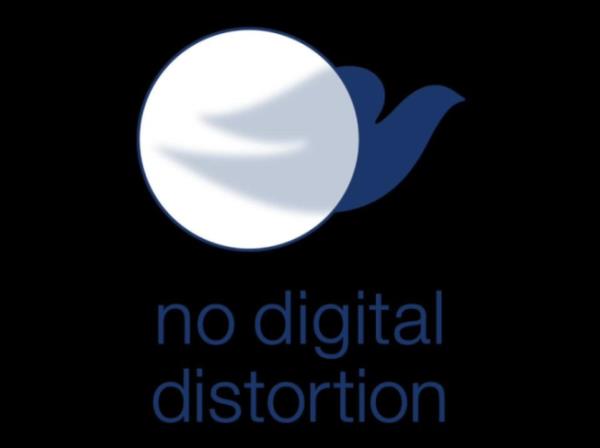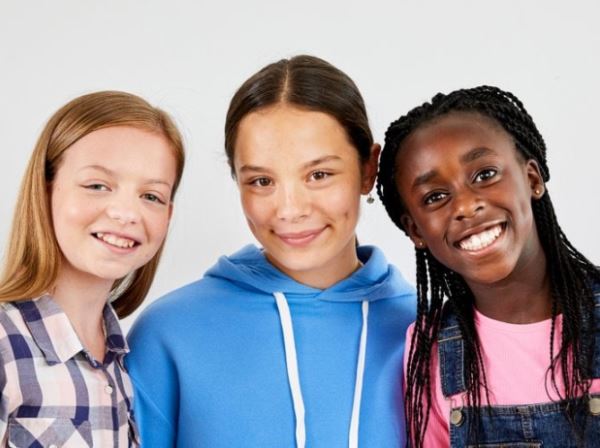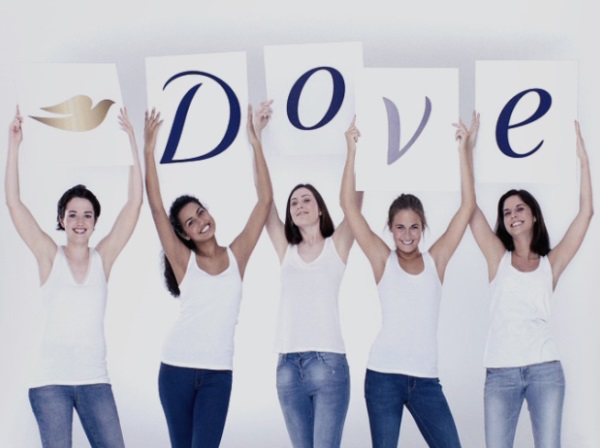Dove has introduced a ‘No Digital Distortion Mark’ to reassure consumers that all its images featuring women are “real”.
The Mark will be incorporated into all Dove static imagery (print, digital and social) featuring women by January 2 next year.
According to the company, the Mark will ensure that Dove is held accountable to only show accurate and genuine portrayals of women as they appear in real life.
The objective of the Mark is to help women and girls navigate images they see in media and help them differentiate what has been altered to fit the ideals of what beauty is and is not.
The creation of the Mark follows the release of the Dove Global Beauty and Confidence Report in 2016 which shows that women globally have lost trust in what they are viewing.

According to the report 77 percent of women believe that all images in the media have been digitally altered or airbrushed and 69 percent cite increasing pressures from advertising and media to reach an unrealistic standard of beauty as a key force in driving appearance anxiety.
Dove global vice president Sophie Galvani says the company pledged to used images with zero digital distortion last year.
“This year, we want to go one step further and give women a tool to help them understand what is real and what isn’t.
“The Mark will take help women identify reality and relieve some of the pressure to look a certain way, which is why we have created a new Evolution Film which reveals the extent of digital distortions and manipulations that takes place in media and advertising and brings to life the issue that women experience.
“We are hoping more brands join us in this movement, as this commitment needs to be widespread.”

The ‘No Digital Distortion Mark’ will be added to Dove’s online Self-Esteem Project tools to “ensure that young people are taught to quickly identify digitally distorted images within media, becoming more critical of what they see.
Since its launch in 2004, the Dove Self-Esteem Project has helped more than 20 million young people across 138 countries build positive body confidence and self-esteem”.
Globally the goal is to reach another 20 million lives by 2020.

